The Great Salt Lake
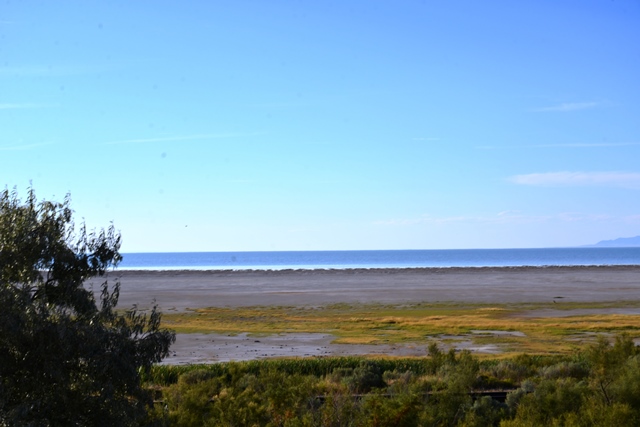
The road should be immune from the clock, but unfortunately, there are times, as when the sun will soon be setting, and you must indeed surrender to the race. A return visit to The Great Salt Lake was one such time for us.
The Great Salt Lake and Salt Lake City are located only about twenty miles apart from each other, nevertheless, on our previous trips to Salt Lake City, since our initial visit to The Great Salt Lake, we had not made it out to the Lake, and this time, I had determined to stop and photograph it for these pages.
Central to the majesty of the United States is its natural diversity; Ms. Katharine Lee Bates correctly described this nation with her words to America the Beautiful: “Oh, beautiful for spacious skies, for amber waves of grain, for purple mountain majesties above the fruited plain! America! America! God shed his grace on thee, and crown thy good with brotherhood from sea to shining sea.”
There is a wonder standing at the rim of a magnificent lake, under an endless blue sky, surrounded by mountains, that leaves you in a state of awe.
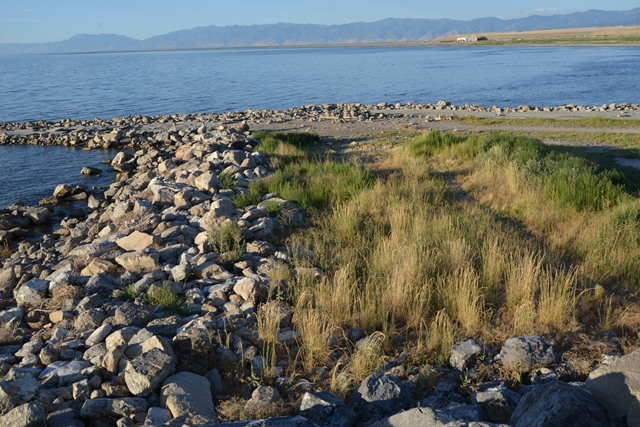
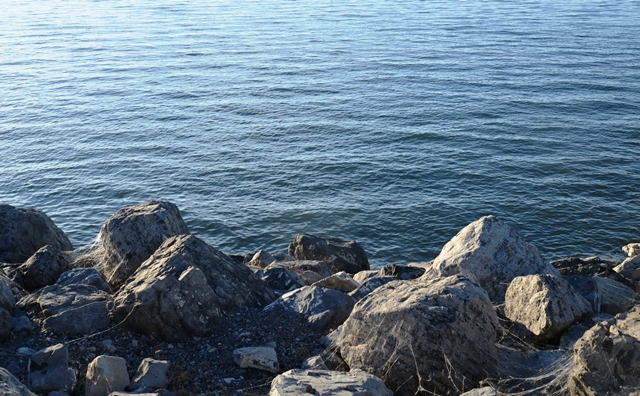
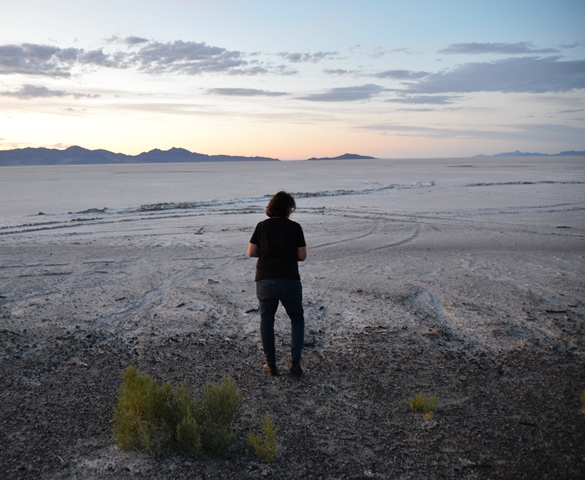
Salt instead of sand
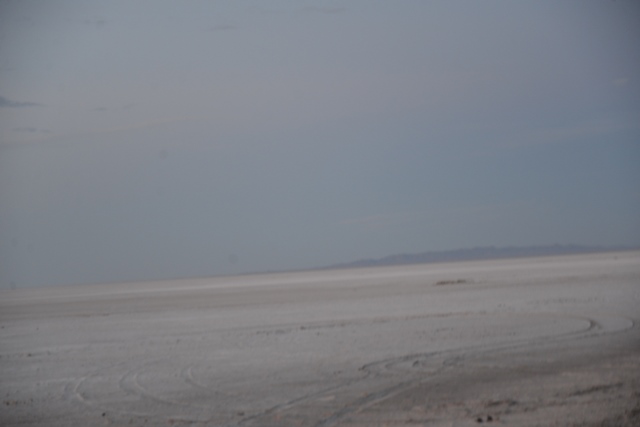
Beds of salt
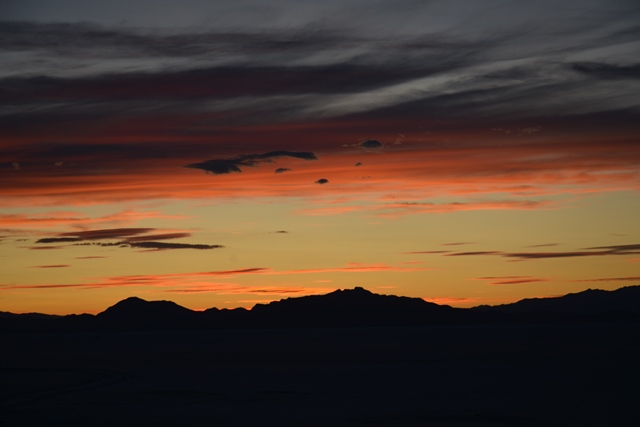
The sunset we raced to beat
From Wikipedia:
“The Great Salt Lake, located in the northern part of the U.S. state of Utah, is the largest salt water lake in the Western Hemisphere, and the eighth-largest terminal lake in the world . . . In terms of surface area, it is the largest lake in the United States that is not part of the Great Lakes region.
The lake is the largest remnant of Lake Bonneville, a prehistoric pluvial lake that once covered much of western Utah. The three major tributaries to the lake, the Jordan, Weber, and Bear rivers together deposit approximately 1.1 million tons of minerals in the lake each year. As it is endorheic (has no outlet besides evaporation), it has very high salinity (far saltier than seawater) and its mineral content is steadily increasing. Due to the high density resulting from its mineral content, swimming in the Great Salt Lake is similar to floating. Its shallow, warm waters cause frequent, sometimes heavy lake-effect snows from late fall through spring.
Although it has been called “America’s Dead Sea”, the lake provides habitat for millions of native birds, brine shrimp, shorebirds, and waterfowl, including the largest staging population of Wilson’s phalarope in the world.”
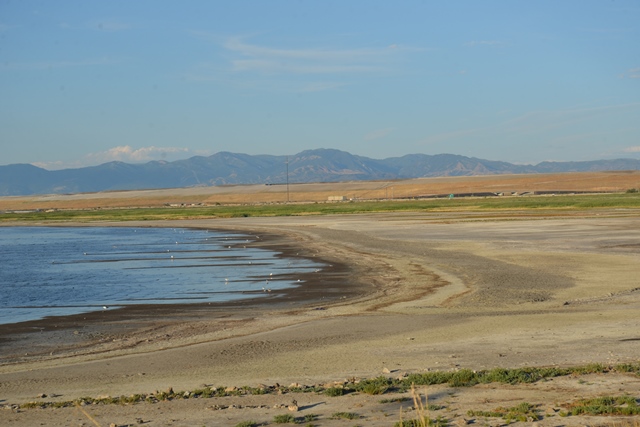
Endorheic Lakes; also from Wikipedia:
“Endorheic lakes are bodies of water that do not flow into the sea. Most of the water falling on Earth finds its way to the oceans through a network of rivers, lakes and wetlands. However, there is a class of water bodies that are located in closed or endorheic watersheds where the topography prevents their drainage to the oceans. These endorheic watersheds (containing water in rivers or lakes that form a balance of surface inflows, evaporation and seepage) are often called terminal lakes or sink lakes.
Endorheic lakes are usually in the interior of a landmass, far from an ocean in areas of relatively low rainfall. Their watersheds are often confined by natural geologic land formations such as a mountain range, cutting off water egress to the ocean. The inland water flows into dry watersheds where the water evaporates, leaving a high concentration of minerals and other inflow erosion products. Over time this input of erosion products can cause the endorheic lake to become relatively saline (a “salt lake”). Since the main outflow pathways of these lakes are chiefly through evaporation and seepage, endorheic lakes are usually more sensitive to environmental pollutant inputs than water bodies that have access to oceans, as pollution can be trapped in them and accumulate over time.”
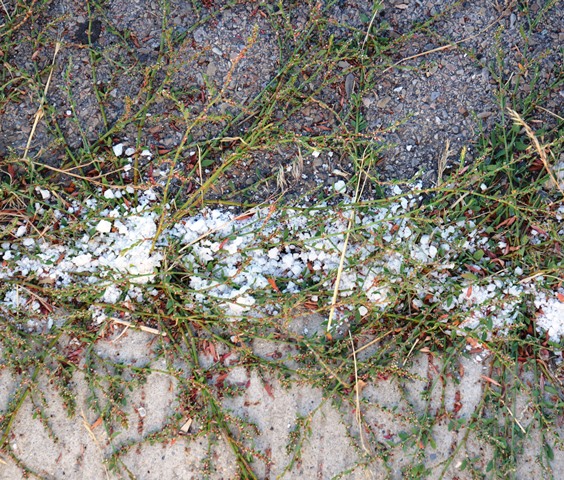
Actual grains of salt, how wild is that!










